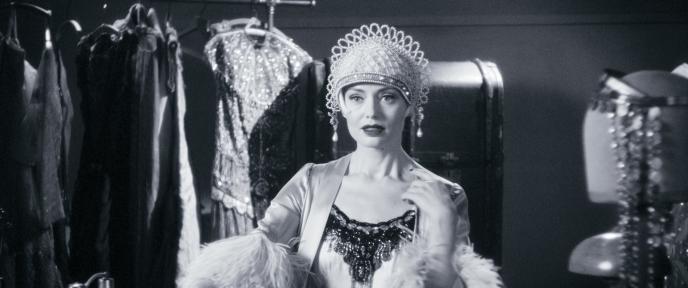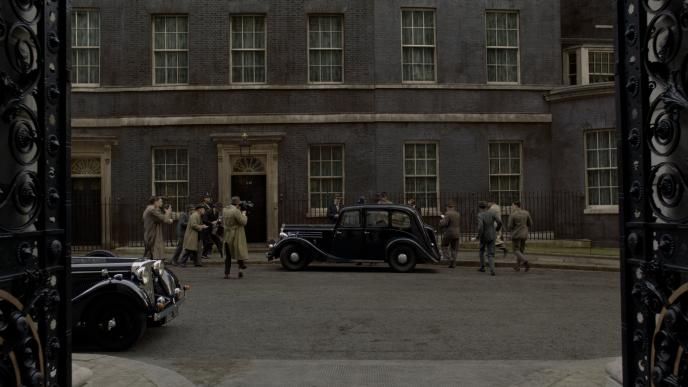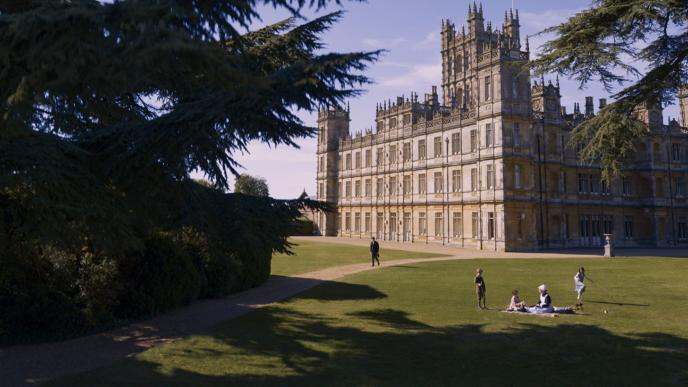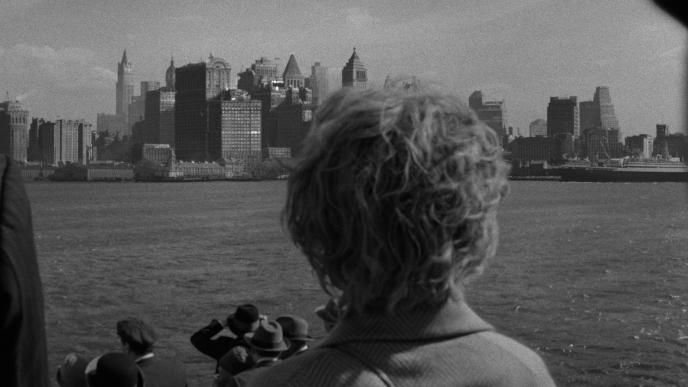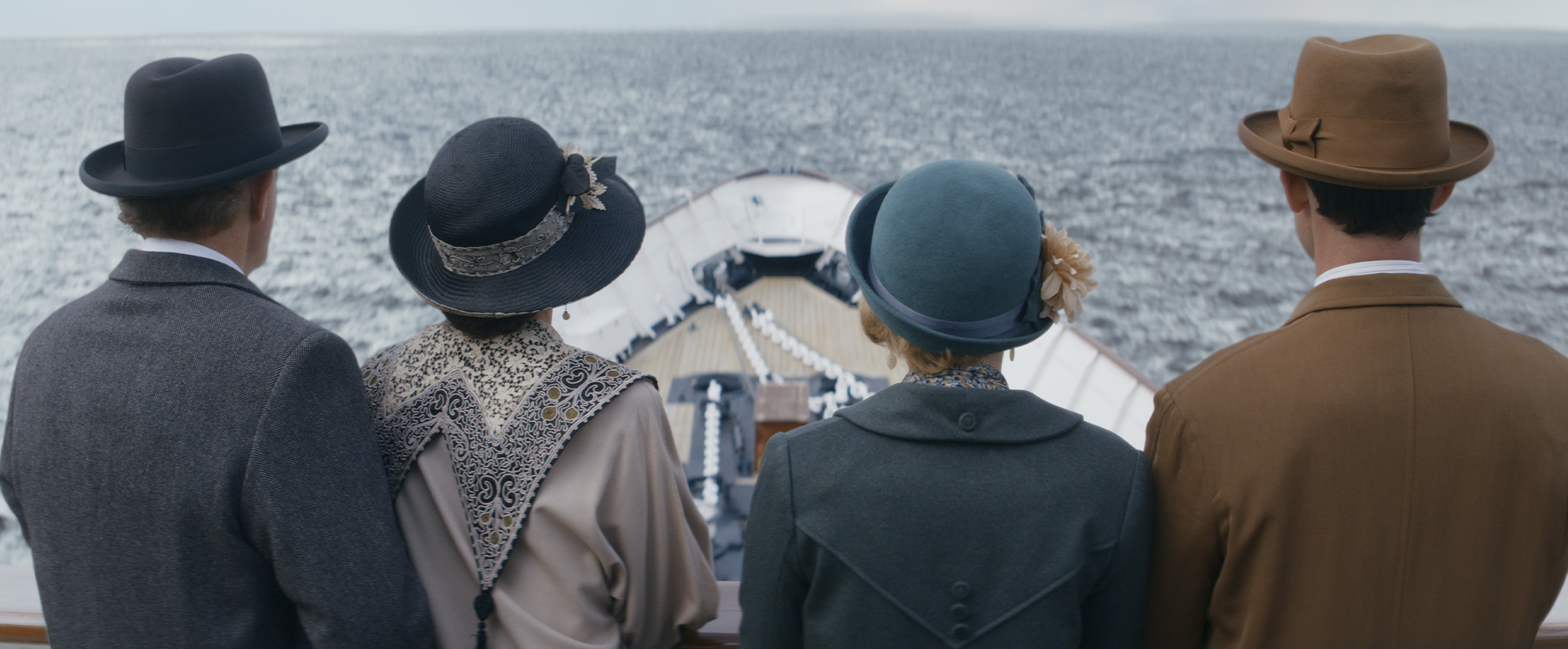
Downton Abbey: A New Era
Our talented artists turn back time once again for the Downton Abbey sequel, A New Era.
Having worked on the first Downton Abbey film, VFX Supervisor Patti Llaguno and Executive Producer Ken Dailey were pleased to return to the lives of the Crawley family, though the show’s considerable fan base meant the bar was set high. “It’s definitely nerve-wracking,” explains Llaguno, “knowing that you’re at the mercy of a brand, and a mood, and a narrative that has been very well established.”
Picking up from the first film, Downton Abbey: A New Era marks a period of transition for many of the beloved ensemble cast. The budding romance between Lucy Smith (Tuppence Middleton) and Tom Branson (Allen Leech) returns in full bloom as the characters exchange wedding vows in the chapel on the grounds of an English stately home. Opening with a complex aerial drone shot, requiring extensive paint and digital matte work to remove modern day items and provide a scenic backdrop, the camera ultimately moves forward through the church's stained glass window. A LIDAR scan and CG replacement window, featuring a revised design, allowed the transition to the interior wedding scene - itself requiring VFX assistance to help stabilise the camera move and remove production lights and rigging. "As the opening shot in the movie we had to ensure everything remained perfectly in line with the visual language of Downton, whilst battling complex camera moves and transitions - it was a very challenging moment, but hugely rewarding to see it all come together!" Adds Llaguno.
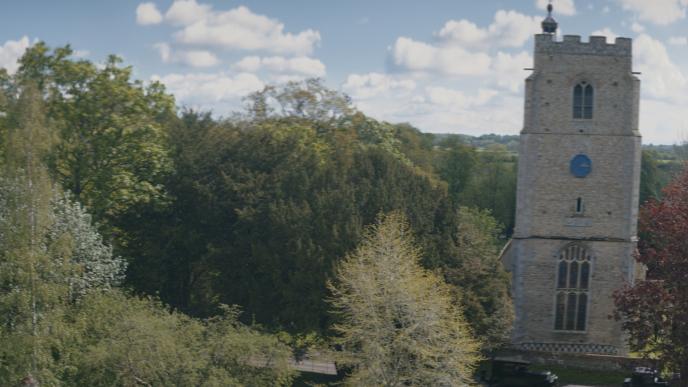
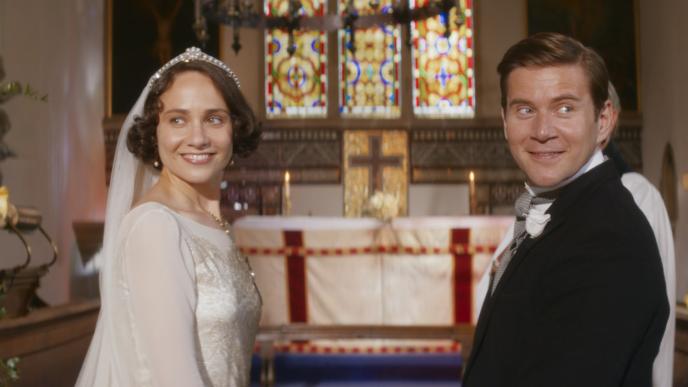
As to be expected with any film shot in England, the stunning shots of the glorious countryside setting needed a near-invisible finishing touch - replacing skies to create sunnier days, and adjusted lighting to compensate for the now brighter environment. Downton Abbey: A New Era also meant a change of scenery, as the Crawleys voyage to the south of France, travelling by ferry. The Framestore team went to great lengths to maintain a sense of realism for all of the ferry shots, by creating a map of the deck and aligning each shot location with where the sun would be in each place at certain times of day, and adjusting the lighting and background accordingly. “Shooting on board an actual ferry would have been very difficult with noise, movement and lighting, so creating that asset and environment digitally was the way to go” says Llaguno. “It also meant we could ensure the CG ferry was authentic to the period setting of the film.”
The era-appropriate adjustments continued throughout the feature, cleaning up and enhancing the various environments so that audiences are convincingly transported back in time. “Looking at some of the fantastic locations, it’s easy to underestimate the scope of the work when it comes to cleaning up the shots” explains Llaguno, “we had to take out every modern touch, car parks, signage, even lights that were not appropriate for the setting, and replace them with foliage or carefully paint them out.”

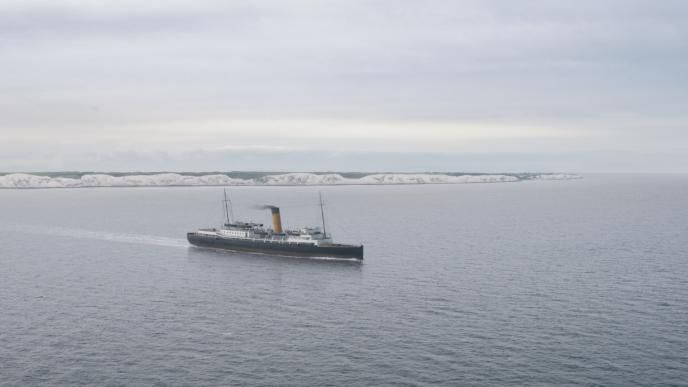
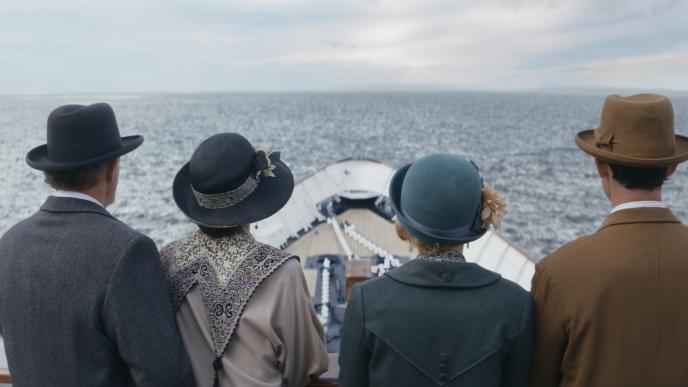
The feature also required a lot of split screen work, with the final shot utilising different takes from different performances for the same piece of dialogue. “Occasionally we had up to four people round a table, each giving a different performance, that we had to splice together to make it look like one shot. But we also undertook multiple plate stitches to help temporal transitions flow narratively across the film”.
“The pandemic complicated things. We had two contingency plans for filming - Plan A was shooting in the south of France, and plan B was to send a VFX crew to shoot environments in France, and composite principal photography from UK locations. Fortunately, we were able to go with plan A, and the VFX work on the French location photography was focused on period enhancement and a series of environment extensions for green screen studio and UK location plates. There wasn’t a main VFX department, so we were lucky enough to be able to work directly with the film’s directors, producers, and editors.” This close working relationship enabled the Framestore artists to create subtle but detailed work. “It’s a mark of how good the work is on a film like this” remarks Llaguno, “when people initially suspect there hasn’t been any visual effects work done at all”.
